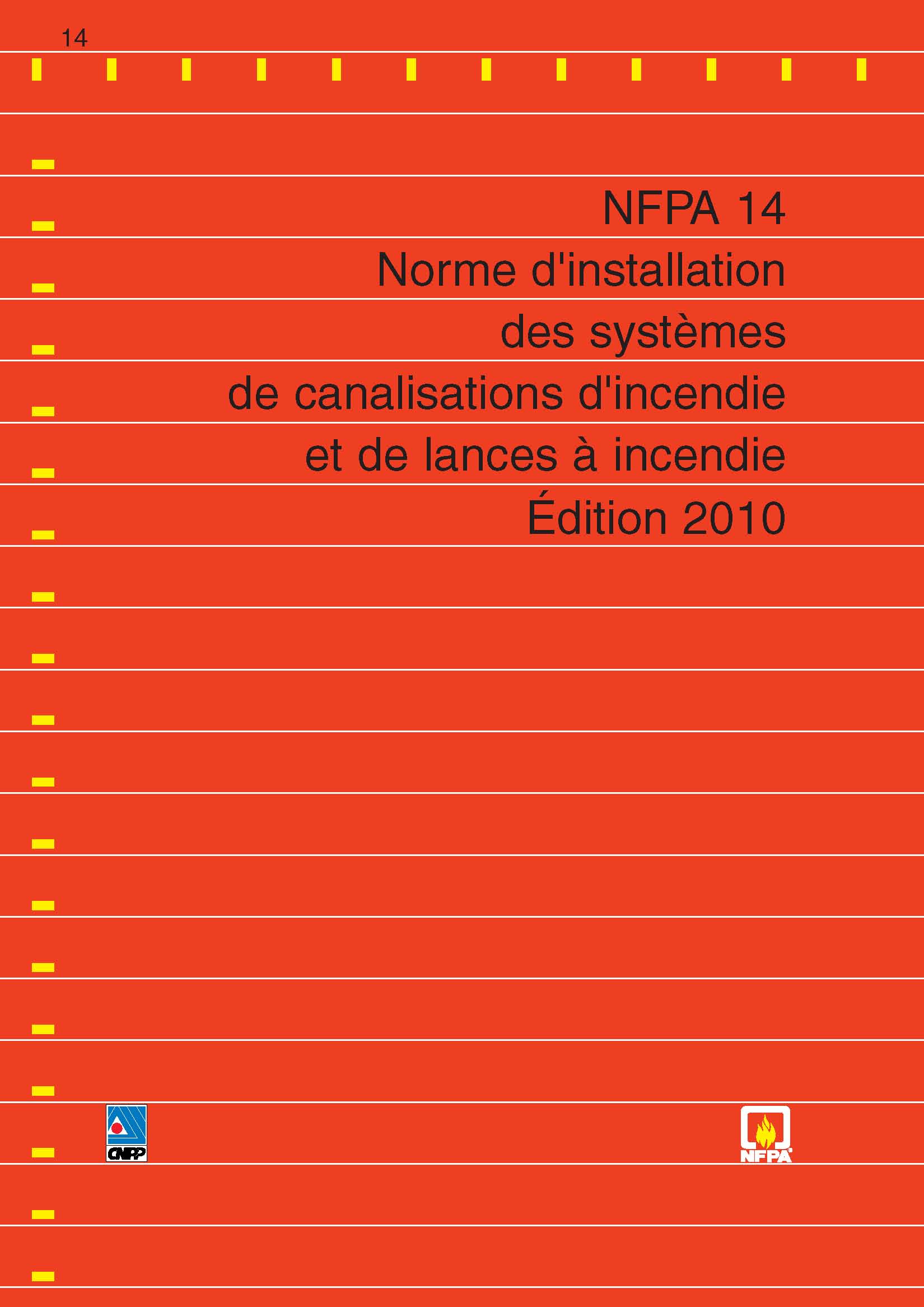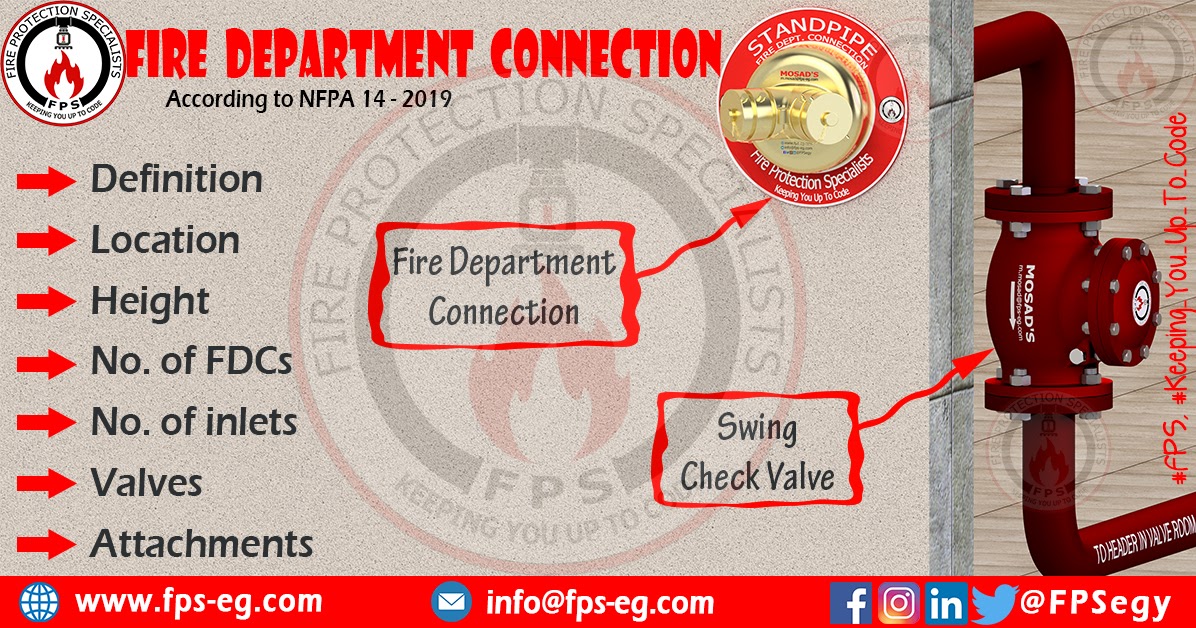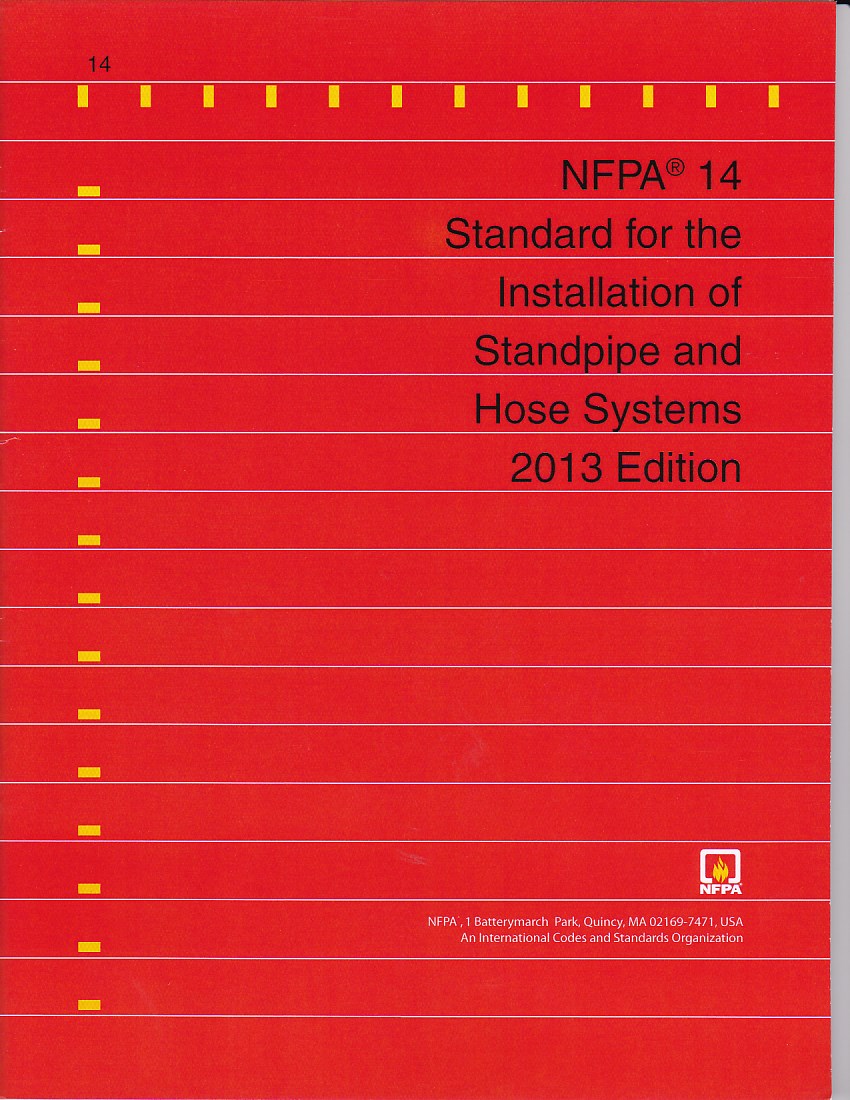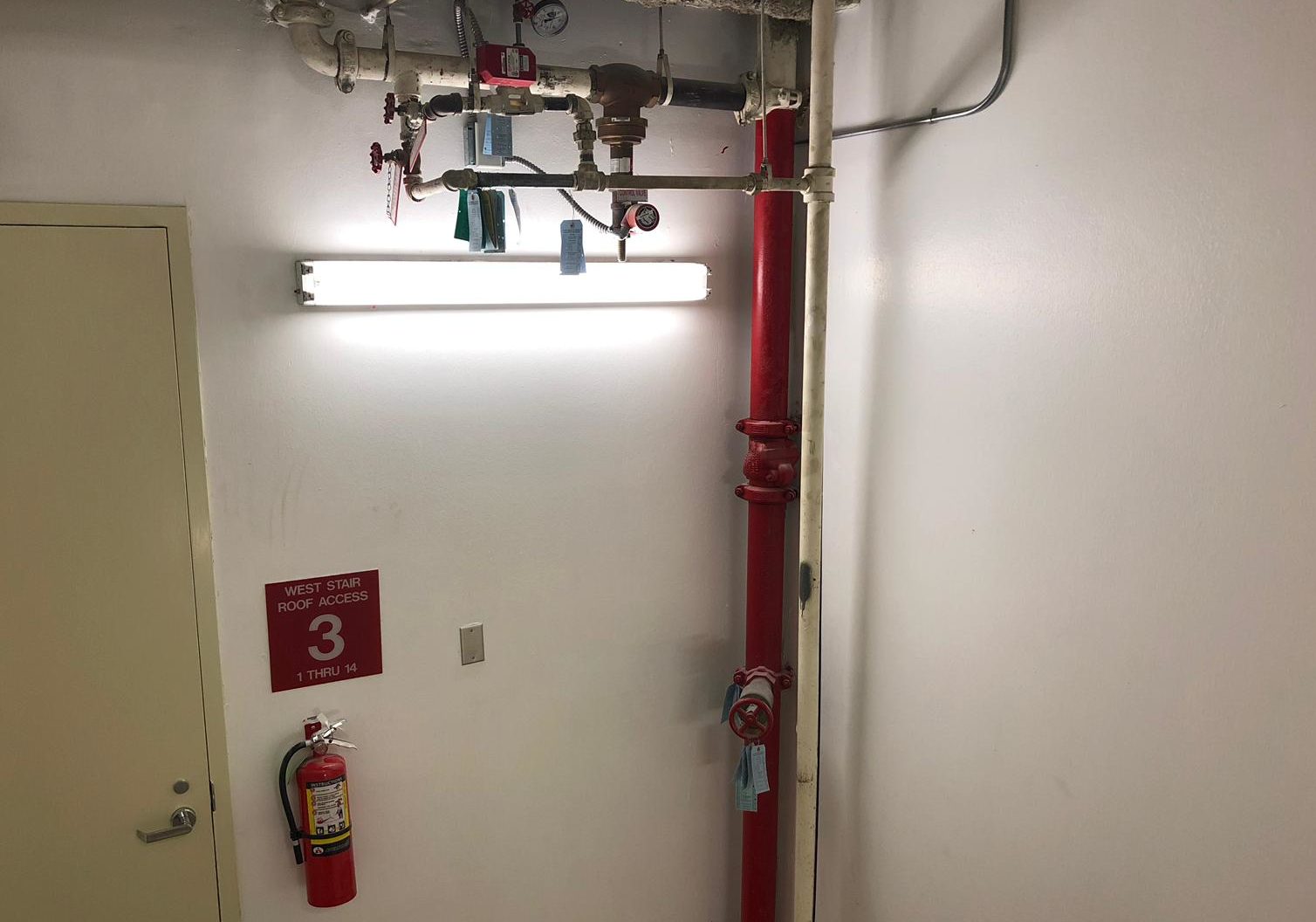Class II Standpipe System NFPA 14 Fire Protection Specialists

NFPA 14 Installation of Standpipe and Hose Systems Amnautical

NORMA NFPA 14 SEGURIDAD EN LOS PROCESOS INDUSTRIALES YouTube
NFPA 14 2024 Edition, 2024. Complete Document STANDARD FOR THE INSTALLATION OF STANDPIPE AND HOSE SYSTEMS. Includes all amendments and changes through Tentative Interim Amendment 1, August 25, 2023. View Abstract Product Details Document History Detail Summary Active, Most Current.

NFPA 14 freeze protection National Fire Sprinkler Association
This edition of NFPA 14 was approved as an American National Standard on November 25, 2018. Origin and Development of NFPA 14 This standard dates from 1912, when an initial report was made by the Committee on Standpipe and Hose Systems. The report was amended in 1914 and adopted by the Association in 1915. Revisions were adopted in 1917.

NFPA 14 Types of Standpipe System Firefighting in Urdu/Hindi YouTube
PROTECTIVE FUSION-BONDED COATINGS FOR THE INTERIOR AND EXTERIOR SURFACES OF DUCTILE-IRON AND GRAY- IRON FITTINGS. NFPA 72 : 2016. NATIONAL FIRE ALARM AND SIGNALING CODE. NFPA 13 : 2016. INSTALLATION OF SPRINKLER SYSTEMS. ASME B16.5 : 2017. PIPE FLANGES AND FLANGED FITTINGS: NPS 1/2 THROUGH NPS 24 METRIC/INCH STANDARD.

NFPA 14, Norma para la Instalación de Sistemas de Montantes y Mangueras
The Standpipe and Hose System Installation Code, 2016 (NFPA 14, 2016) is a code produced by the National Fire Protection Association ( NFPA ). This document provides the foundation for many state and city codes. The NFPA 14, 2016 combined with local jurisdiction amendments form the state codes. Adopting jurisdictions include Arizona, Phoenix.

Norme NFPA 14 Cybel Eboutique CNPP Éditions
NFPA 14 Standard for the Installation of Standpipe and Hose Systems, 2019 edition . Subscription Option NFPA 70-2017. NFPA 70 National Electrical Code, 2017 edition . Subscription Option Document History. Revises: NFPA 14-2013; Revised By: NFPA 14-2019; Included in Packages. This standard is not included in any packages..

NFPA 14 Standard for the Installation of Standpipe and Hose Systems
NFPA 14 mandates the installation of a standpipe system in the following scenarios: Buildings with one or more stories below ground (20 ft below ground) Buildings with an occupant load exceeding 1000. Both enclosed and open mall structures. Subterranean constructions. Structures expanding over an area of 1000ft² or more.

Class II Standpipe System NFPA 14 Fire Protection Specialists
NFPA 14. January 1, 1978 Standpipe and Hose Systems A description is not available for this item. View Less. View All. References. This document references: Z97.1 - safety glazing materials used in buildings - safety performance specifications and methods of test. Published by ANSI on January 1, 2015.

NFPA 14 Standard for the Installation of Standpipe and Hose Systems
The minimum design pressure for a standpipe system is contained in Section 7.8, "Minimum and Maximum Pressure Limits," of NFPA 14. A hydraulically designed system is required to provide a minimum residual pressure of 100 psi at the most remote 2.-in. outlet on a Class I system. The 100 psi minimum requirement is based on the principle that.

Fire Dept. Connection according to NFPA 14 Fire Protection Specialists
Find the most up-to-date version of NFPA 14 at GlobalSpec. 5G & Digital Networking Acoustics & Audio Technology Aerospace Technology Alternative & Renewable Energy Appliance Technology Automotive Technology Careers & Education Chemical Manufacturing Coatings & Surface Engineering Components for RF & Microwave Connected Electronics Construction Equipment Daily Digest Data Acquisition Defense.

NFPA 14 Norma para la instalación de sistemas de tubería vertical y de
NFPA

NFPA14 Pipe Schedule Method for Standpipe NFPA 14 Riser Pipe NFPA
The current requirement of 100 psi minimum and a maximum of 175 psi can be found in NFPA 14 but is not addressed in NFPA 1710. There are also several other considerations, including buildings built under the pre-1993 edition of NFPA 14 requiring 65 psi minimum, but having a maximum of 100 psi. A fire department's maximum pumping capability.

Firefighting Hose (Class II) Components According to NFPA 14 in
NFPA 14-19 covers the minimum guidelines for installing standpipes and hose systems. This standard's purpose is to provide protection for life and property from fire based on sound engineering principles, test data, and field experience. This standard dates back to 1912 and has been revised many times since. Here are some of the changes made.

NFPA 14 Standard for the Installation of Standpipe and Hose Systems
The NFPA 14 standard is a widely recognized and accepted standard, and it is often used as the basis for local and state codes and regulations. Therefore, business facilities must have all their standpipe and hose systems in compliance with NFPA 14 in order to be considered compliant and safe for their employees and visitors.

NFPA 14, 2019 Edition Sprinkler Age
This edition of NFPA 14 was approved as an American National Standard on August 17, 2006. Origin and Development of NFPA 14 This standard dates from 1912, when an initial report was made by the Committee on Standpipe and Hose Systems. The report was amended in 1914 and adopted by the Association in 1915. Revisions were adopted in 1917.